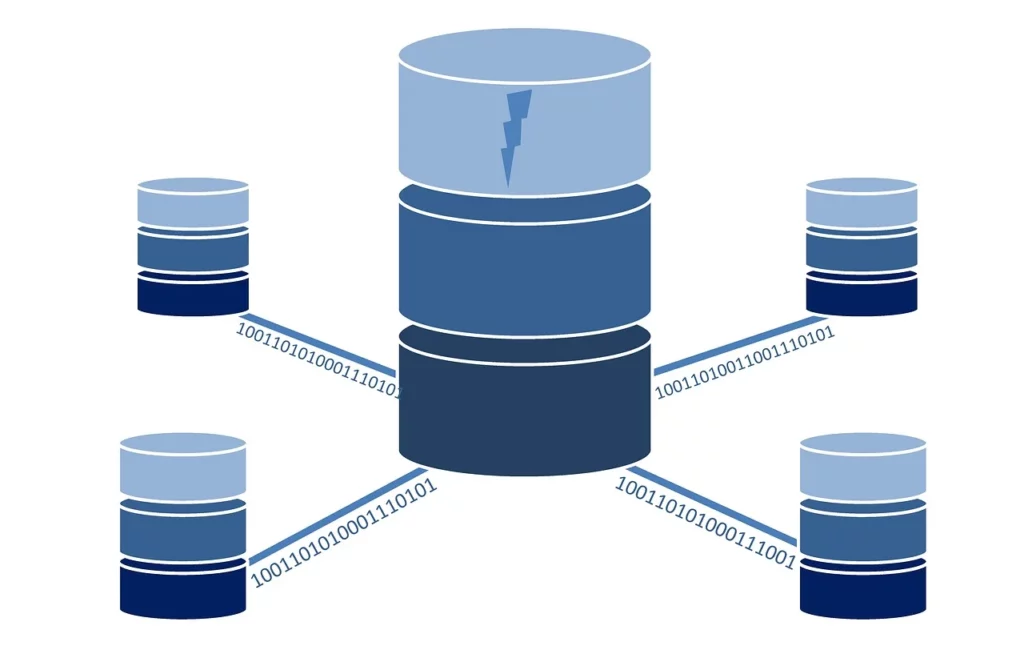After the discovery of computers, the online database came into existence. Before that the all data was kept on paper. It was like a manual database. It needs lots of time and manpower. It was not very secure. Most of the paper stored data has been burnt, eaten by insects and rats, or lost.
In this article, we will discuss a brief history of database management system.
History of DBMS
Early 1960’s-1970’s
The flat File System was invented. The data was stored on magnetic disks, tape with the help of punched cards as an input, but this kind of storage provided only sequential access to data. Soon the hard disk was invented then the file system was improved and it allowed random location access, but still, it was a very tough and lengthy process.
1966
IBM introduced its first kind of Prominent hierarchical database model called IMS (Information Management System). In this, tables are used to store data. So in one single database, we can hold more than one record, but due to its Binary tree structure, it was still very complex.
1971
The “CODASYL ( Conference on Data System Language) approach.”, was developed by “The DataBase Task Group”, founded by Charles Bachman.
Its first trial was Integrated Data Store(IDS).
After that IDMS (Information Data Management System) was introduced as a second attempt. These both were network data models and were very famous.
1973
Michael Stonebraker and Eugene Wong made the INGRES (Interactive Graphics and Retrieval System). INGRES worked with a query language known as QUEL. It was a relational database model.
1974
IBM launched its relational database “SYSTEM R”. IBM developed SQL, which was much more advanced (SQL became ANSI and OSI standards in 1986 1nd 1987). SQL very quickly replaced QUEL as the more functional query language.
1976
Peter Chen invented Entity-Relationship Model, which helps to simplify the relational data models.
1970-1980
Attempts were made to build database systems with integrated hardware and software. Examples were IBM System/38, the early offering of Teradata, and the Britton Lee, Inc. database machine.
1978
Larry Ellison’s Oracle Database (or more simply, Oracle) was released.
1979
IBM launched SQL based SQL/DS (later on known as DB2)
Oracle Version 2 was also launched.
Stonebraker developed a new database, Postgres, which is now known as PostgreSQL.
1980
Spreadsheets Lotus 1-2-3 from Lotus Software introduced.
Database software Dbase was developed by C. Wayne Ratliff.
1990
The object-oriented approach started to be applied in DBMS. Object-relational mappings (ORMs) was introduced.
2000
XML, NoSQL, NewSQL were introduced. NewSQL is a class of modern relational databases.
After the development of the relational and object-oriented database, this tabular structure became very famous. It uses less space. Easy to operate. No programing language knowledge is required to operate it.
Now flat file system is outdated. Structured databases are used everywhere. Oracle, IBM, etc are Some top companies in the field of database management system.
The post History of DBMS appeared first on The Crazy Programmer.
from The Crazy Programmer https://ift.tt/2Zt6P5t

Comments
Post a Comment